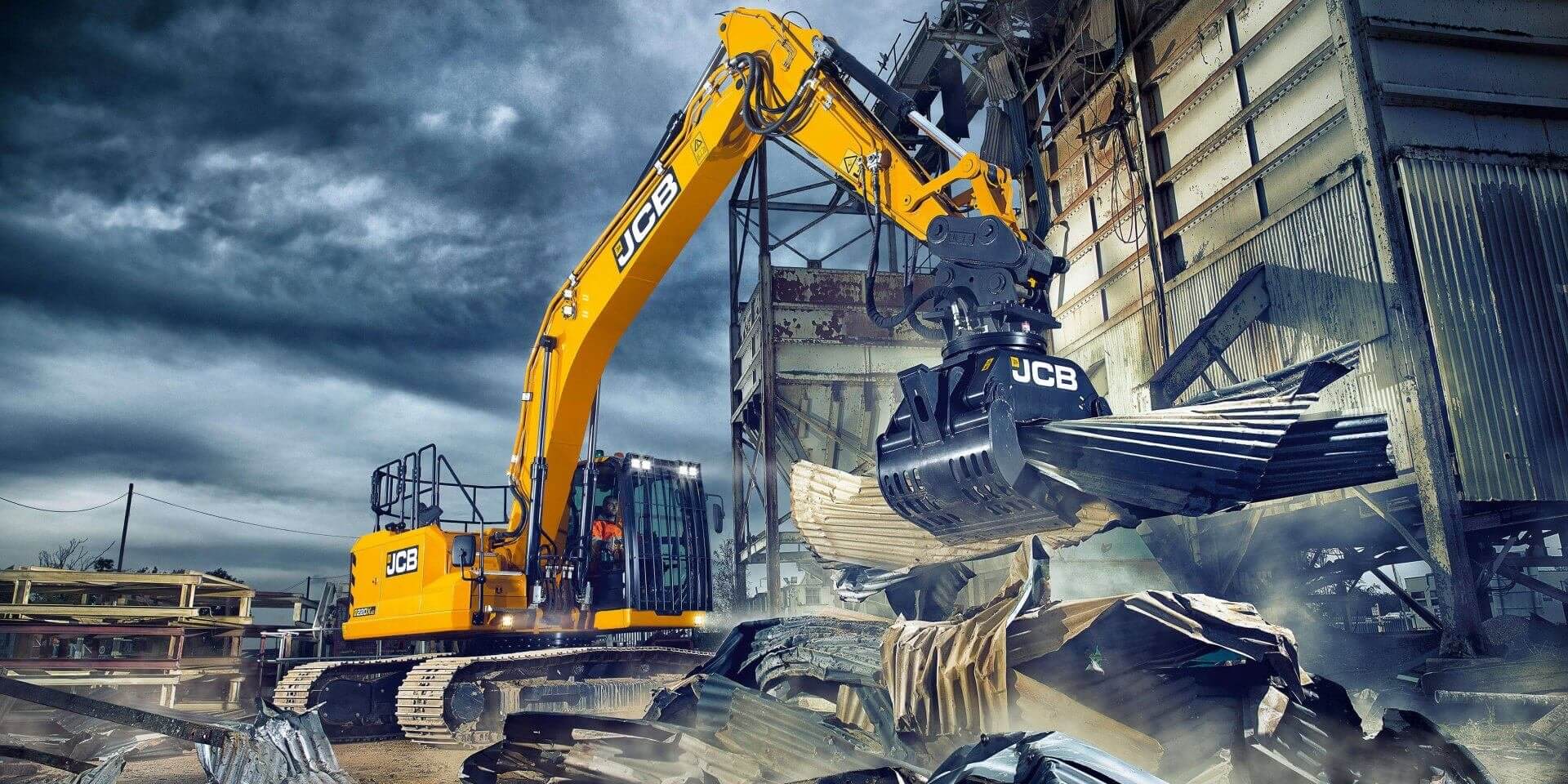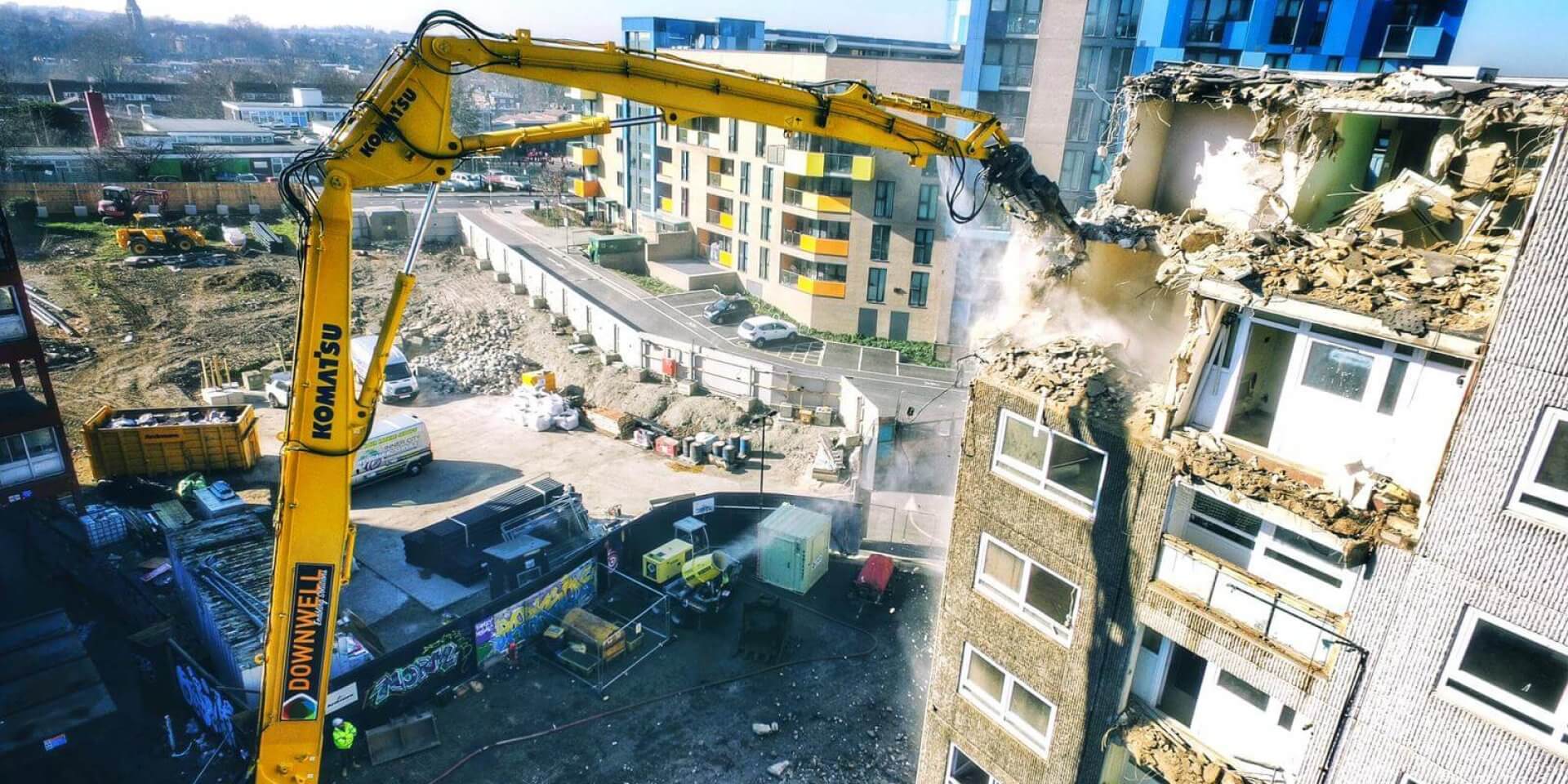After spectator is injured during blast, we question the validity of implosions as entertainment
 The injuries sustained by Eric Eliason – the man struck by an eight-inch piece of rebar ejected from the Amway Arena implosion on Sunday – are said to be minor and not life threatening by various news agencies close to the scene.
The injuries sustained by Eric Eliason – the man struck by an eight-inch piece of rebar ejected from the Amway Arena implosion on Sunday – are said to be minor and not life threatening by various news agencies close to the scene.
This being the US – the spiritual home of litigation – a lawsuit is bound to follow however, just like day follows night, dust follows an implosion.
Regardless of the circumstances, however, this incident once again calls into question the tightrope that explosive demolition experts walk between public safety and public entertainment.
That the public has a deep fascination with explosive demolition events is in no doubt, and many in this industry have supplemented their income for many years by selling tickets or TV rights to key implosions.
But the incidence of spectators being injured or even killed by implosion debris is hardly without precedent and remains a constant threat. Perhaps most famously, 12-year old Katie Bender was killed when Australia’s Royal Canberra Hospital was imploded in 1995. She was one of around 100,000 people watching the implosion and was situated more than 500 metres away at the time.
Implosions in Scotland were all but outlawed in Scotland for almost a decade after 61 year-old Helen Tinney was struck and killed by flying debris while watching the demolition of the Queen Elizabeth Square towerblocks in Gorbals. Two other spectators and a policeman sustained injuries during the same implosion.
Against a background of well-documented injuries and deaths caused by fly-rock from “controlled explosions”, it is disingenuous for the contractors involved in Sunday’s O-Rena blast to claim they have no idea how Eric Eliason was injured.
As we have said in this column before, accidents will happen and no form of demolition is totally, 100 percent predictable. And, despite these incidents, implosions remain an effective and statistically safe and viable demolition method.
But given the potential risks, has the time not come to focus more on the need to provide public safety, and less on the need to provide a public spectacle?





